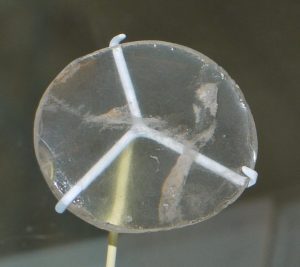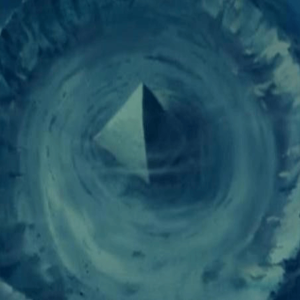US Military Confirms An Interstellar Meteor Collided With Earth


A meteor has traveled a long way from home to visit Earth. Researchers have discovered the first known interstellar meteor to hit Earth, according to a recently released US Space Command document. An interstellar meteor is a space rock that originates outside our solar system – a rare occurrence.
This one is known as CNEOS 2014-01-08 and it crashed along the northeast coast of Papua New Guinea on January 8, 2014.
The discovery came as a surprise to Amir Siraj, who identified the object as an interstellar meteor in a 2019 study he co-authored as a student at Harvard University.

Amir Siraj
Siraj was investigating ʻOumuamua, the first known interstellar object in our solar system that was found in 2017, with Abraham Loeb, professor of science at Harvard University.

Abraham Loeb
Siraj decided to go to NASA’s Center for Near-Earth Object Studies database to find other interstellar objects, and found what he believed to be an interstellar meteor within a few days.
A need for speed
The meteor’s high speed is what initially caught Siraj’s attention.
The meteor was moving at a high speed of about 28 miles per second (45 kilometers per second) relative to Earth, which is moving at about 18.6 miles per second (30 kilometers per second) around the sun. . Since the researchers measured how fast the meteor was moving on a moving planet, the 45 kilometers per second wasn’t really how fast it was going.
The heliocentric velocity is defined as the speed of the meteor relative to the sun, which is a more accurate way of determining an object’s orbit. It is calculated based on the angle at which a meteor hits Earth. The planet moves in one direction around the sun, so the meteor could have hit Earth from the front, i.e. in the opposite direction the planet is moving, or from behind, in the same direction the Earth is moving. moving.

Since the meteor hit Earth from behind, Siraj’s calculations said the meteor was actually traveling at about 37.3 miles per second (60 kilometers per second) relative to the sun.
He then mapped the meteor’s trajectory and found that it was in a free orbit, unlike the closed orbit of other meteors. This means that instead of circling the sun like other meteors, it came from outside the solar system.
“Presumably it was produced by another star, was kicked out of that star’s planetary system, and ended up in our solar system and collided with Earth,” Siraj said.
Difficulty to publish
Loeb and Siraj were unable to publish their findings in a journal because their data came from NASA’s CNEOS database, which does not release information such as the accuracy of the readings.
After years of trying to obtain the necessary additional information, they received official confirmation that it was, in fact, an interstellar meteor, from John Shaw, Deputy Commander of the United States Space Command. The command is part of the United States Department of Defense and is responsible for military operations in outer space.
“Dr. Joel Mozer, Chief Scientist for Space Operations Command, the US Space Force service component of US Space Command, reviewed the analysis of additional data available to the Department of Defense related to this discovery. The Doctor. Mozer confirmed that the velocity estimate reported to NASA is sufficiently accurate to indicate an interstellar trajectory,” Shaw wrote in the letter.
Siraj switched to other research and almost forgot about his discovery, so the document came as a bit of a shock.
“I thought we would never find out the true nature of this meteor, that it was blocked somewhere by the government after our many attempts, and so seeing that letter from the Department of Defense with my eyes was a really incredible moment,” he said. Siraj said.
A second chance
Since receiving confirmation, Siraj said his team is working to resubmit their findings for publication in a scientific journal.
Siraj would also like to assemble a team to try to recover part of the meteor that fell into the Pacific Ocean, but admitted that it would be an unlikely possibility due to the size of the project.
If researchers could get their hands on the “holy grail of interstellar objects”, Siraj said it would be scientifically groundbreaking in helping scientists discover more about the world beyond our solar system.
NASA and the US Space Command did not initially respond to comment. Source




